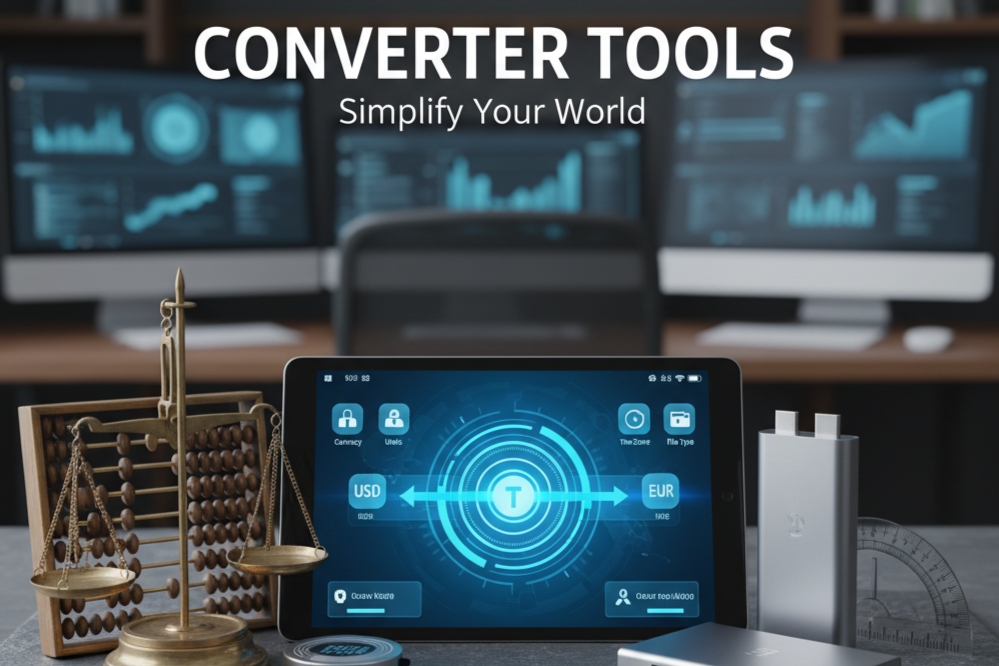Converter Tools: A Comprehensive Guide
Simplifying Measurements, Units, and Data Formats
What Are Converter Tools?
Converter tools are software applications or online utilities that transform data from one format to another or convert values between different units of measurement. These tools have become essential in our increasingly digital and globalized world, where standardization and compatibility are crucial.
From simple unit converters that help students with homework to complex data format converters used by software developers, these tools save time, reduce errors, and facilitate communication across different systems and measurement standards.
Types of Converter Tools
Unit Converters
These are perhaps the most common type of converter tools. They handle conversions between different units of measurement:
- Length: Meters to feet, kilometers to miles, etc.
- Weight: Kilograms to pounds, grams to ounces
- Temperature: Celsius to Fahrenheit, Kelvin conversions
- Volume: Liters to gallons, milliliters to fluid ounces
- Area: Square meters to square feet, acres to hectares
Currency Converters
Essential for international trade, travel, and finance, currency converters calculate exchange rates between different world currencies. These tools typically connect to live data feeds to provide up-to-date conversion rates.
File Format Converters
These tools transform files from one format to another while preserving content and structure:
- Document converters: PDF to Word, EPUB to MOBI
- Image converters: JPG to PNG, RAW to JPEG
- Audio/video converters: MP4 to AVI, WAV to MP3
- Data format converters: JSON to XML, CSV to Excel
Code Converters
Used primarily by developers, these tools translate code between different programming languages or convert between different data representations like hexadecimal to binary or decimal.
Benefits of Using Converter Tools
- Time Efficiency: Manual conversions can be time-consuming, especially for complex calculations or large datasets.
- Accuracy: Automated tools reduce human error in calculations.
- Standardization: They help maintain consistency across different systems and teams.
- Accessibility: Online converters are available anytime, anywhere with internet access.
- Learning Aid: For students, converters can help verify manual calculations and understand relationships between different units.
Try Our Simple Length Converter
Choosing the Right Converter Tool
When selecting a converter tool, consider these factors:
- Accuracy: Ensure the tool uses reliable conversion factors and algorithms.
- User Interface: Look for intuitive, easy-to-use interfaces.
- Features: Some tools offer batch conversion, history tracking, or customization options.
- Platform: Decide whether you need a web-based tool, mobile app, or desktop software.
- Cost: Many converters are free, but specialized tools might require payment.
The Future of Converter Tools
As technology evolves, converter tools are becoming more sophisticated. We're seeing the integration of artificial intelligence for smarter conversions, voice-activated converters for hands-free operation, and increased automation where conversions happen seamlessly in the background of other applications.
With the growth of IoT devices and global connectivity, the need for accurate, real-time conversion tools will only increase, making them an indispensable part of our digital toolkit.
